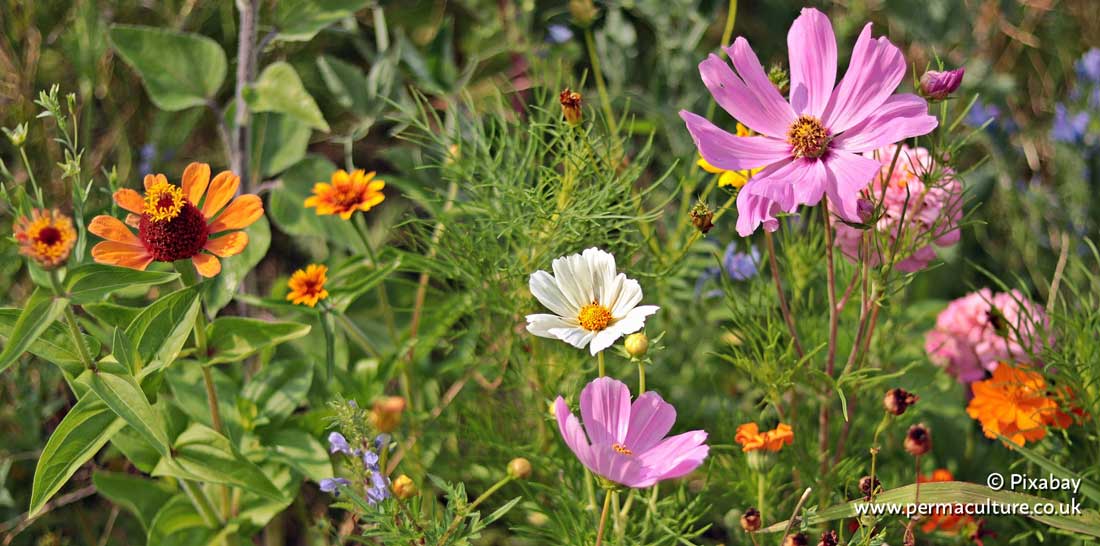Olives are an attractive small semi-hardy Mediterranean tree, with leaves and fruits offering cardiovascular and other benefits.
The European olive is a small evergreen tree growing slowly to 10m tall and 8m wide. The tree has an irregular and much-branched habit. Simple, opposite oval grey-green leathery leaves with silvery undersides and small whitish flowers are produced in terminal or axillary racemes followed by fruits.
Olive
Olea europea
Latin name Olea europea L.
Family Oleaceae
Habit Small tree
Hardiness USDA zone 8-10 | UK zone 8
Parts used Bark/fruits/leaves
Harvest time Leaves in August-October, fruits in December
Habitat/Origin
Derives from the eastern Mediterranean coastal area, growing in dry woods and scrub, now commercially grown worldwide.
Herbal actions
Bark is astringent, bitter and febrifuge. Leaves are antioxidant, antihypertensive, diuretic, hypoglycaemic, antifungal, antimicrobial, antiviral, astringent. Olive oil is cholagogue, demulcent, emollient and laxative.
Traditional use
Used extensively in the Mediterranean for many ailments, for example the oil as a laxative, the leaves and fruits for diarrhoea and infections of the respiratory and urinary tract, the bark in fevers.
Indications and research
Clinical research studies have shown benefits for glycaemic control and lipid profile in humans. Olive leaf extract, given as 500mg twice daily for eight weeks, has been shown to lower blood pressure as well as triglyceride levels in the blood. The phenolic constituents in olive leaves may also benefit other inflammatory conditions. Recent studies have also confirmed that the leaf extracts have powerful antifungal effects.
Active constituents
Olive leaves and fruits contain secoiridoids, flavonoids, phenolic acids, fatty acids, volatile oils. Some phenolic compounds are more concentrated in olive leaves and young unripe fruits. The oil consists mainly of oleic acid and linoleic acid.
Parts used
Bark, fruits, leaves
When to harvest
Olive leaves and unripe fruits can be harvested when young and used fresh or dried for later use. Olives are usually harvested later in autumn and then pressed for oil or preserved for culinary purposes. Young grey bark can be harvested when a tree is pruned.
Sample preparation and dosage
Infusion of dried leaves, daily dose of 1-2g.
Tincture of bark (1:4, 30% alcohol) 20 drops three times per day.
Olive oil as a laxative, dose 15-60ml.
Safety
Get professional medical advice if on blood pressure or diabetes medications before taking olive leaf extracts.
Related plants
Many cultivars of olive are known, though both wild and cultivated species are reported to contain similar chemical constituents.
The cultivar ‘Cipressino’ is upright and compact.
Cultivation
The olive needs a sheltered site in colder climates, and a sunny south-facing wall is best. It can tolerate poor soil and prefers a well-drained site, ideally somewhat alkaline.
Can tolerate drought and salty air. Can be grown in a container with drainage improved using sharp sand. Pruning can be carried out in late spring pinching back some shoots to encourage new leafy growth.
Further uses
Edible fruits and oil. Oil used in making soap. Dyes can be obtained from the leaves and fruits. Use for erosion control on dry slopes.
Heavy wood for decorative objects and furniture.
Cautions
Scale insect may be a problem. Plants in the olive family are susceptible to ash dieback.
1 tsp olive leaves dried
1 tsp mint dried
500ml water
Honey (optional)
Place the herbs in a teapot. Boil the water and add, stir and steep for 10 min. Strain and drink adding honey to taste. Take one cup once or twice daily for benefits for blood sugar and fat levels.
This is an extract from Anne Stobart’s Trees and Shrubs that Heal
Trees and Shrubs that Heal
by Anne Stobart
The Medicinal Forest Garden
by Anne Stobart
Trees for Gardens, Orchards and Permaculture
by Martin Crawford
Anne Stobart is a medical herbalist and herb grower based in Devon, UK.
She is the author of The Medicinal Forest Garden Handbook and runs various medicinal courses.











